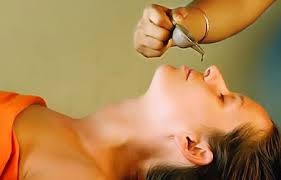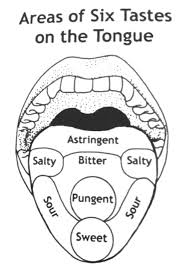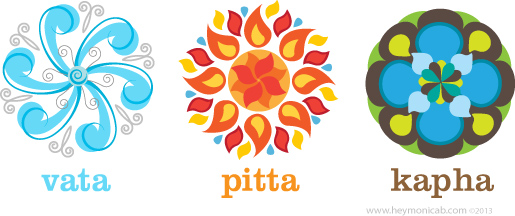If you are even semi-familiar with the science of Ayurveda it is likely you have heard the term Kitchari being thrown around. Kitchari is an Indian dish commonly used as... read more →
According to Ayurveda, one of the main ways to nourish our Prana (lifeforce) is through the food we eat. This means that in order to maintain this vital energy, one... read more →
Nasya is the administration of herbal medicine through the nasal passage. According to Ayurveda, the sinus cavity is the gateway to our consciousness, Prana Vayu, and the Nervous System. Nasya... read more →
Prana, sometimes translated as the lifeforce, is the subtle energetic force that is responsible for our respiration, oxygenation and circulation. In fact, Prana governs over all movement and sensory functions.... read more →
The digestive fire (aka Agni), according to Ayurveda, is such a dynamic concept, it is stated to be the main governor of one's energy, vitality and well being. An individual's overall digestion is likely... read more →
Dear Ask Ayurveda: I have been learning about Ayurveda for a year or so now. I think I am a Vata type. I have learned a lot about eating for... read more →
The root cause of most diseases and conditions today stems from a weak digestive fire and a build-up of toxins throughout the body. Among the major causes of these toxins,... read more →
According to Ayurveda, we have access to six different tastes in our food, drinks, and herbal medicine. These tastes include Sweet, Sour, Salty, Pungent (spicy), Bitter, and Astringent. It is... read more →
A dosha is a Sanskrit term that represents one of the main concepts behind traditional Ayurvedic medicine. It is sometime referred to as a “bodily humor” in English, but even... read more →
One of my most favorite rituals in the science of Ayurveda is definitely the practice of Abhyanga. Translated as “to oil” (abhya) and “limb” (anga), this nourishing self-oil application truly... read more →










